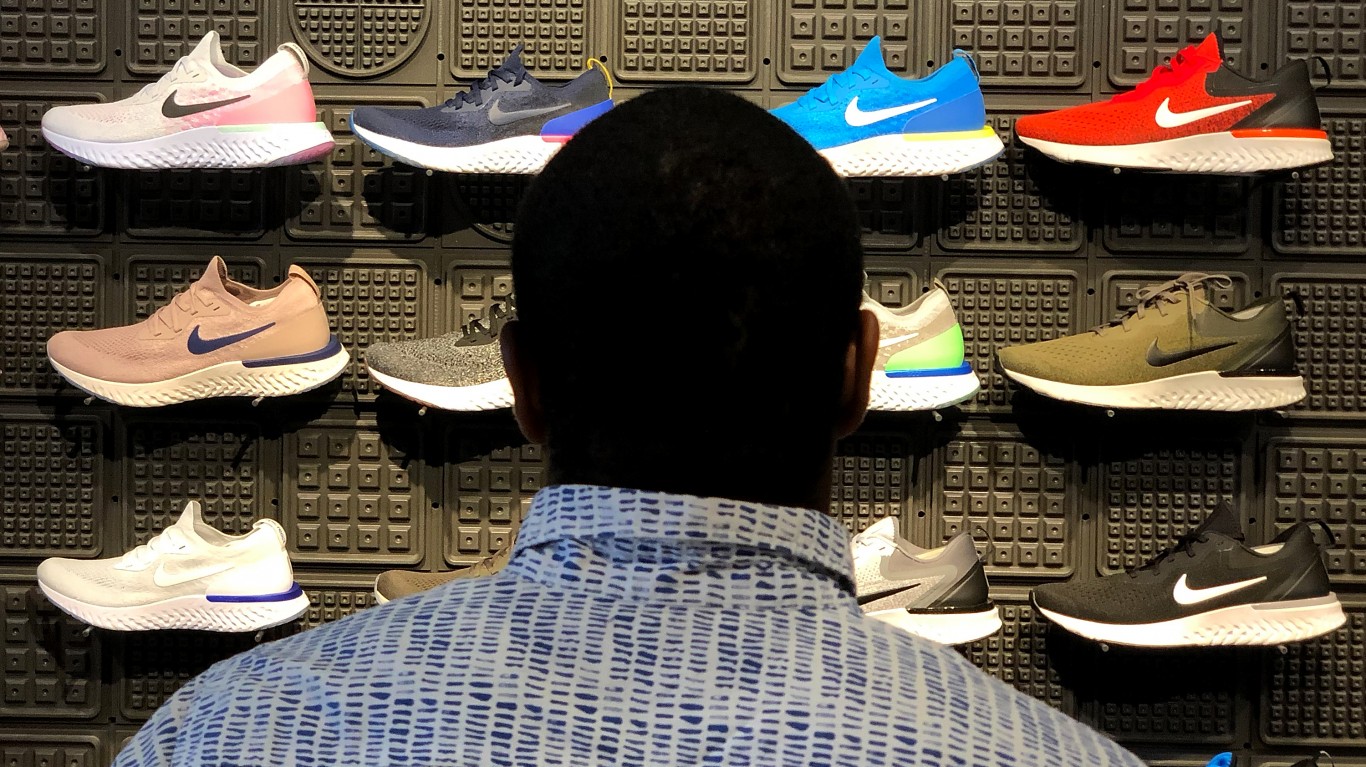Economy
Sagging Consumer Confidence Brings New Light to Fed Ahead of Expected Rate Cut

Published:
Last Updated:

Consumer confidence and sentiment matter to the U.S. economy. With roughly two-thirds of gross domestic product now tied to consumer activities, it’s easy to tie future gross domestic product trends to just how confident U.S. consumers are in general. Whether one views consumer confidence as being strong or weak may depend on more than just the raw numbers here.
The Conference Board has reported that U.S. consumer confidence fell in October for the third consecutive month. The drop saw an improvement in the present situation, but there was less optimism about future job prospects and business conditions. That said, the drop is minimal on a comparative basis, and the readings are quite strong versus historical averages.
The Conference Board Consumer Confidence Index ticked down to 125.9 in October after a reading of 126.3 in September. The Present Situation Index increased from 170.6 in September to 172.3 in October, while the Expectations Index fell from 96.8 last month to 94.9 in October.
While this is a decline, there are indications that confidence is high enough (well above the 100.0 line) that it should support strong holiday shopping. The negatives are the usual suspects: a continued slowdown in the global economy and the U.S.-China trade war.
The cutoff date for the preliminary results was October 18, some 10 days before the S&P 500 reached a new all-time high. This reading is also far more optimistic than the CEO confidence reading, which hit a decade-low at the start of October.
Lynn Franco, senior director of Economic Indicators at The Conference Board, said:
Consumer confidence was relatively flat in October, following a decrease in September. The Present Situation Index improved, but Expectations weakened slightly as consumers expressed some concerns about business conditions and job prospects. However, confidence levels remain high and there are no indications that consumers will curtail their holiday spending.
The overall consumer assessment of current conditions improved somewhat, even as they were less optimistic about the short-term outlook. Consumers’ outlook for the labor market was also less upbeat, and the assessment of the job market was mixed. The individual index readings and groups:
- Those claiming business conditions are “good” increased from 37.4 percent to 39.2 percent, while those saying business conditions are “bad” decreased from 12.2 percent to 11.2 percent.
- Those saying jobs are “plentiful” increased from 44.5 percent to 46.9 percent, while those claiming jobs are “hard to get” increased slightly from 11.0 percent to 11.8 percent.
- The percentage of consumers expecting business conditions will improve over the next six months decreased from 20.0 percent to 18.6 percent, while those expecting business conditions will worsen decreased from 13.3 percent to 11.6 percent.
- The proportion expecting more jobs in the months ahead decreased from 17.6 percent to 16.9 percent, while those anticipating fewer jobs increased from 15.4 percent to 17.8 percent.
- the percentage of consumers expecting an improvement increased from 19.7 percent to 21.1 percent, while the proportion expecting a decrease held steady at 6.5 percent.
After two decades of reviewing financial products I haven’t seen anything like this. Credit card companies are at war, handing out free rewards and benefits to win the best customers.
A good cash back card can be worth thousands of dollars a year in free money, not to mention other perks like travel, insurance, and access to fancy lounges.
Our top pick today pays up to 5% cash back, a $200 bonus on top, and $0 annual fee. Click here to apply before they stop offering rewards this generous.
Flywheel Publishing has partnered with CardRatings for our coverage of credit card products. Flywheel Publishing and CardRatings may receive a commission from card issuers.
Thank you for reading! Have some feedback for us?
Contact the 24/7 Wall St. editorial team.